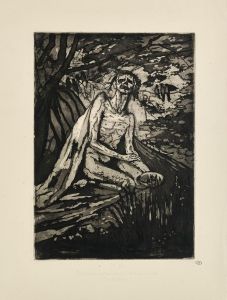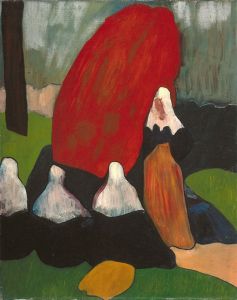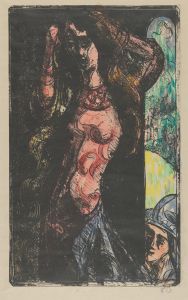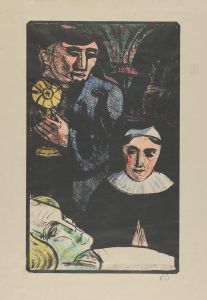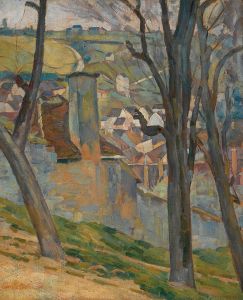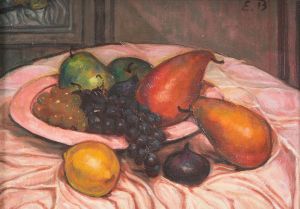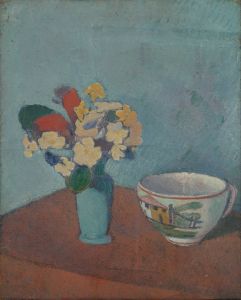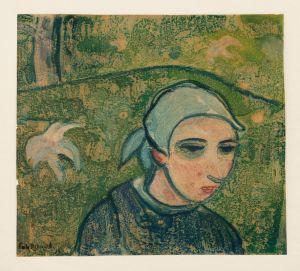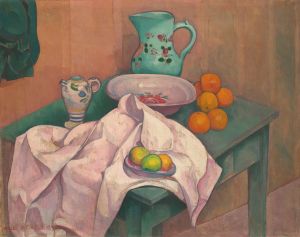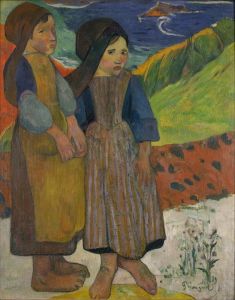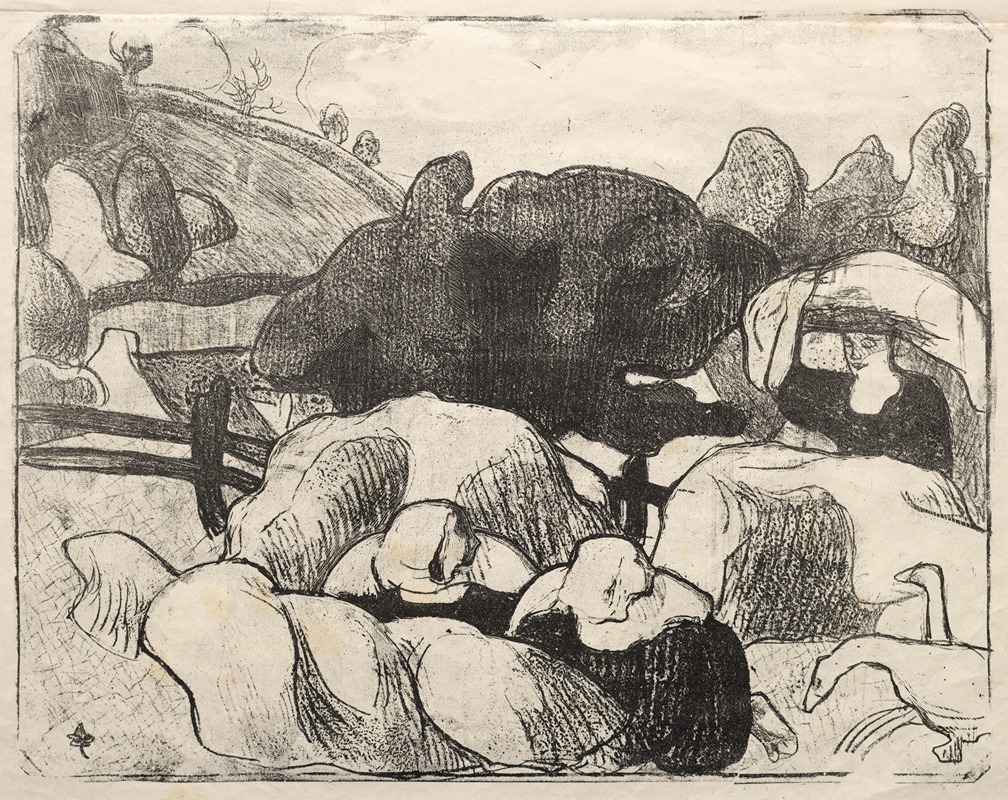
Breton Women Making Haystacks
A hand-painted replica of Emile Bernard’s masterpiece Breton Women Making Haystacks, meticulously crafted by professional artists to capture the true essence of the original. Each piece is created with museum-quality canvas and rare mineral pigments, carefully painted by experienced artists with delicate brushstrokes and rich, layered colors to perfectly recreate the texture of the original artwork. Unlike machine-printed reproductions, this hand-painted version brings the painting to life, infused with the artist’s emotions and skill in every stroke. Whether for personal collection or home decoration, it instantly elevates the artistic atmosphere of any space.
"Breton Women Making Haystacks" is a painting by the French artist Émile Bernard, created in 1890. Bernard was a significant figure in the Post-Impressionist movement and played a crucial role in the development of Symbolism and Cloisonnism, a style characterized by bold outlines and flat areas of color. This painting is a notable example of Bernard's innovative approach to composition and color, which marked a departure from the more naturalistic styles of his predecessors.
The painting depicts a group of Breton women engaged in the rural activity of making haystacks, a common agricultural task in the Brittany region of France. Bernard's choice of subject matter reflects his interest in the everyday lives of Breton people, a theme that was prevalent in his work during this period. The women are shown in traditional Breton attire, which adds an ethnographic dimension to the painting, highlighting Bernard's fascination with the distinct cultural identity of Brittany.
Bernard's technique in "Breton Women Making Haystacks" is characterized by the use of bold outlines and a simplified color palette, typical of the Cloisonnist style. This approach was influenced by Bernard's interactions with other artists of the time, including Paul Gauguin, with whom he shared a close and sometimes contentious relationship. The use of flat, unmodulated colors and strong contours in the painting creates a sense of harmony and rhythm, drawing attention to the formal qualities of the composition rather than the realistic depiction of the scene.
The painting is also significant for its exploration of rural themes and the depiction of women at work, which were subjects of interest for many artists during the late 19th century. Bernard's portrayal of the Breton women is both respectful and idealized, capturing the dignity and strength of the figures as they engage in their labor. This focus on rural life and the role of women within it reflects broader social and artistic trends of the time, as artists sought to capture the essence of regional cultures and the changing dynamics of rural communities.
"Breton Women Making Haystacks" is housed in the Musée d'Orsay in Paris, which holds an extensive collection of works from the Impressionist and Post-Impressionist periods. The painting is an important part of Bernard's oeuvre and offers insight into his artistic development and the cultural context of his work. It stands as a testament to Bernard's innovative style and his contribution to the evolution of modern art.
Overall, Émile Bernard's "Breton Women Making Haystacks" is a significant work that exemplifies the artist's unique approach to color and form, as well as his interest in the cultural and social aspects of rural life in Brittany. The painting remains a valuable piece for understanding the trajectory of Post-Impressionist art and the diverse influences that shaped Bernard's artistic vision.





